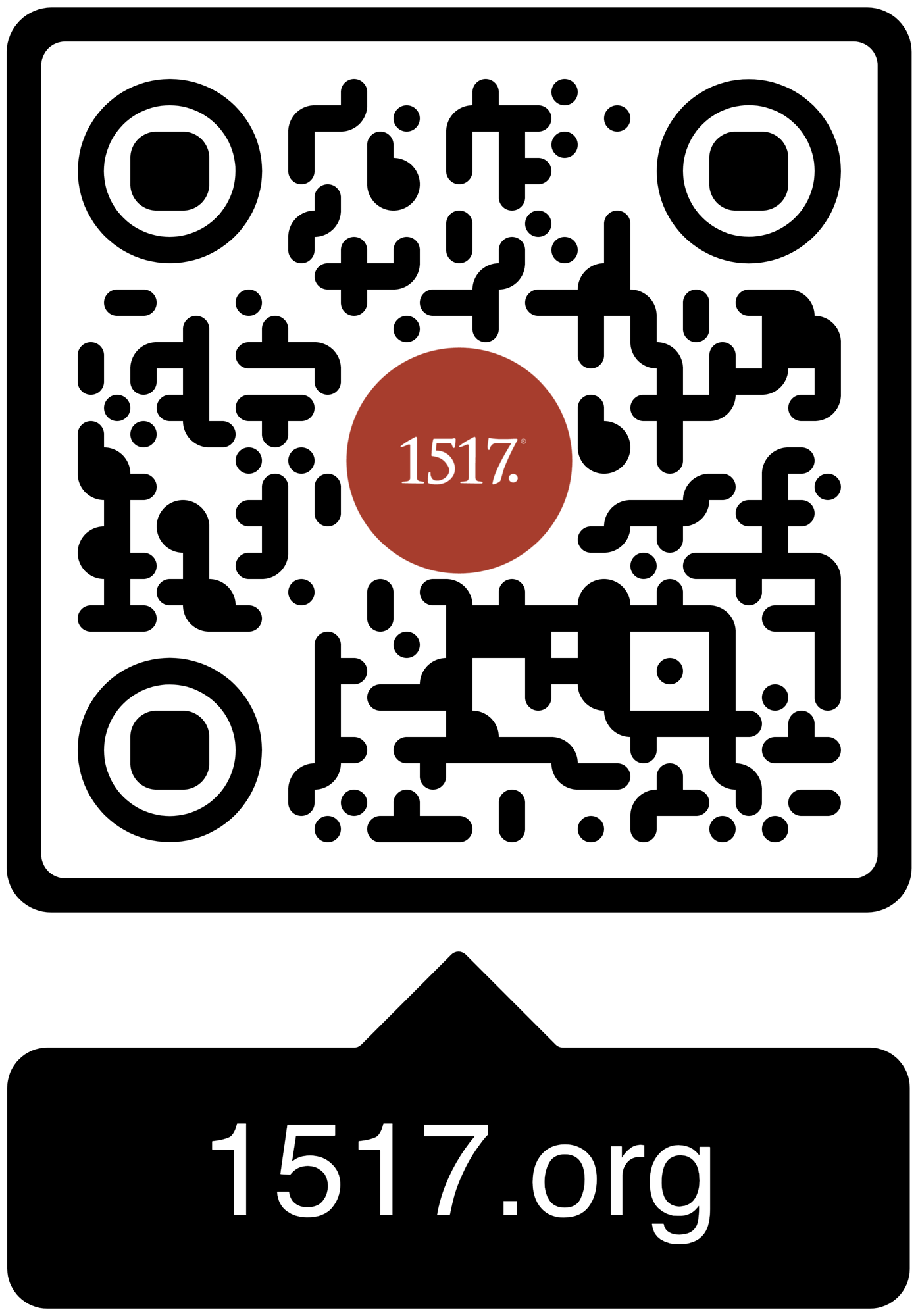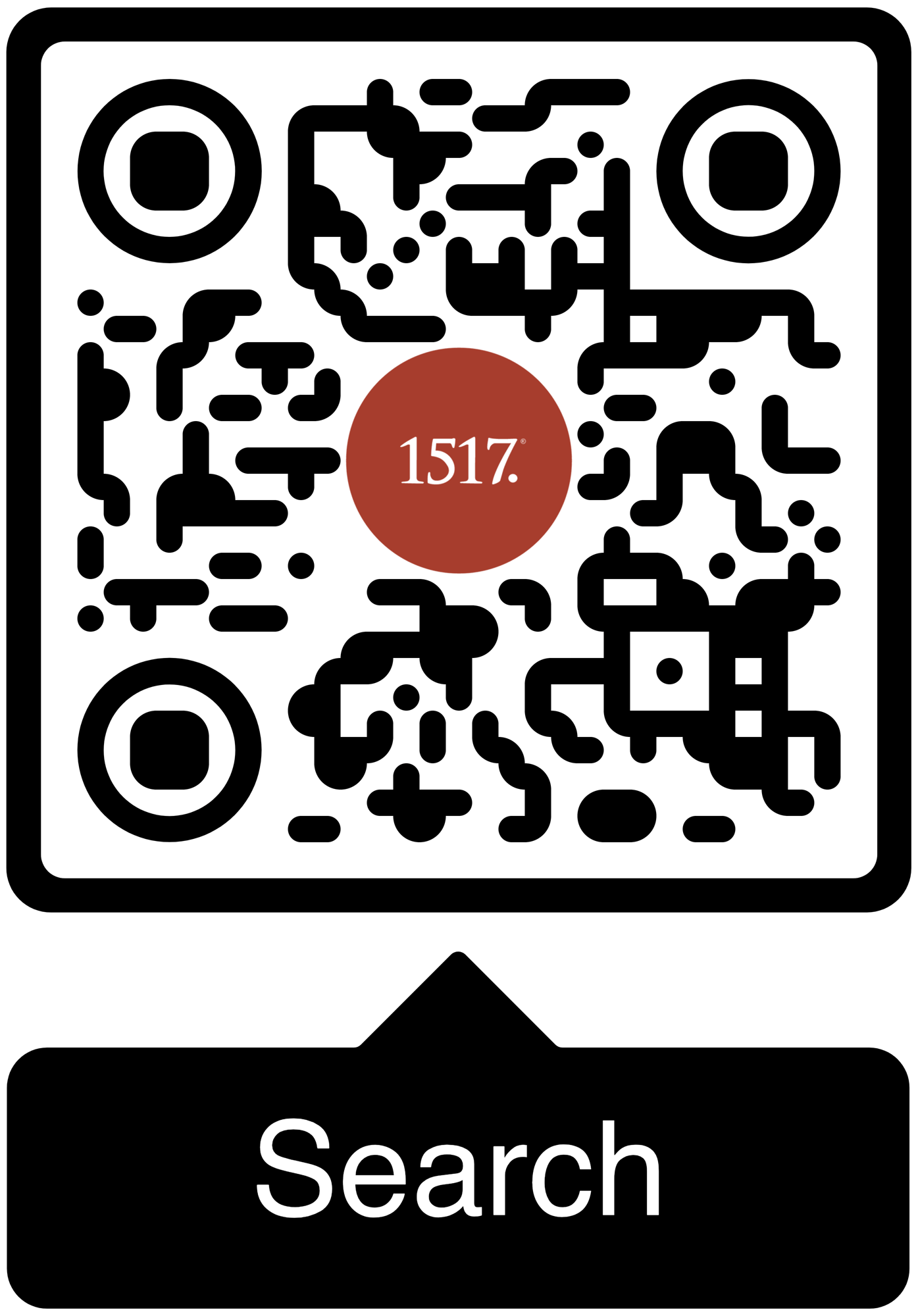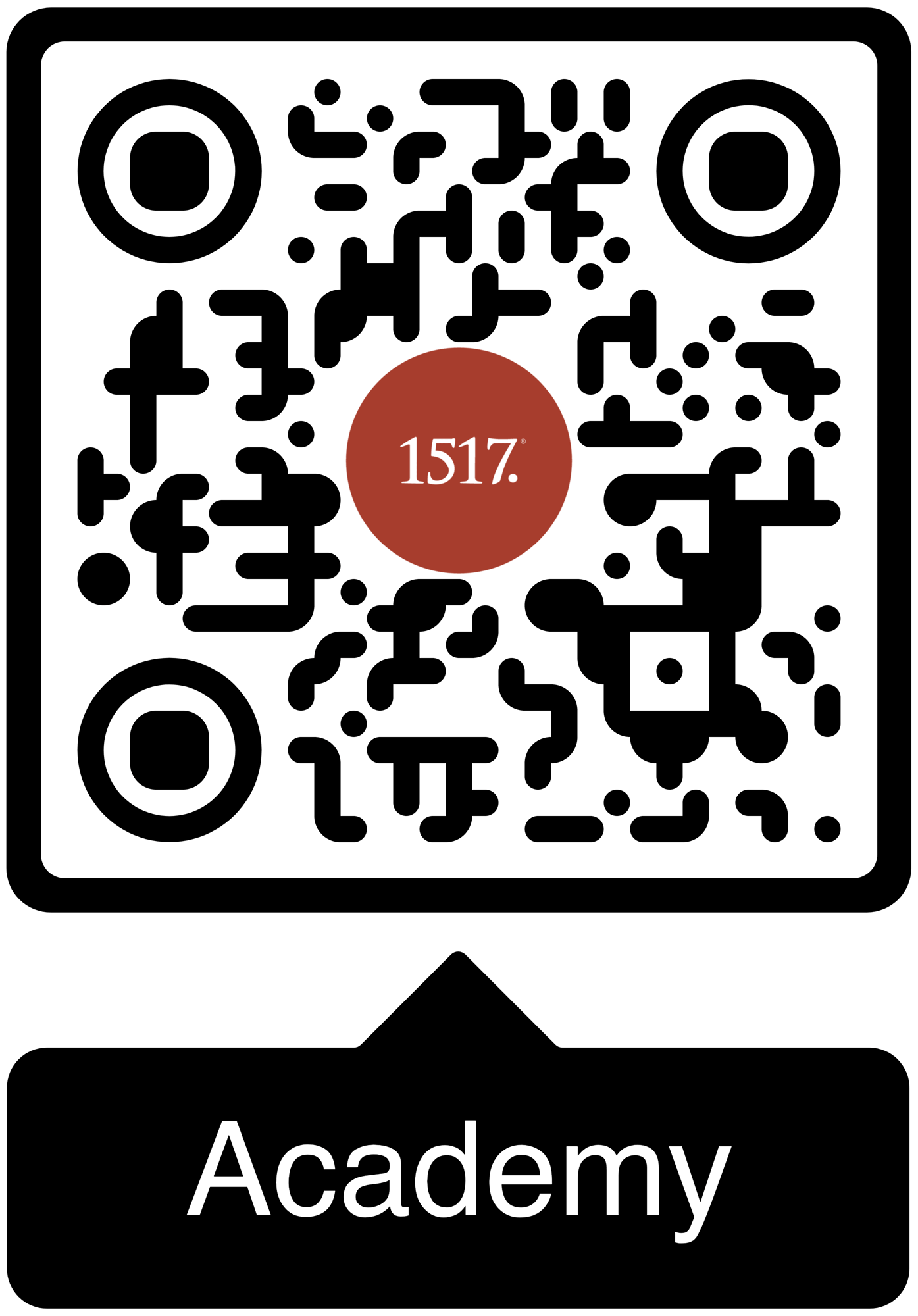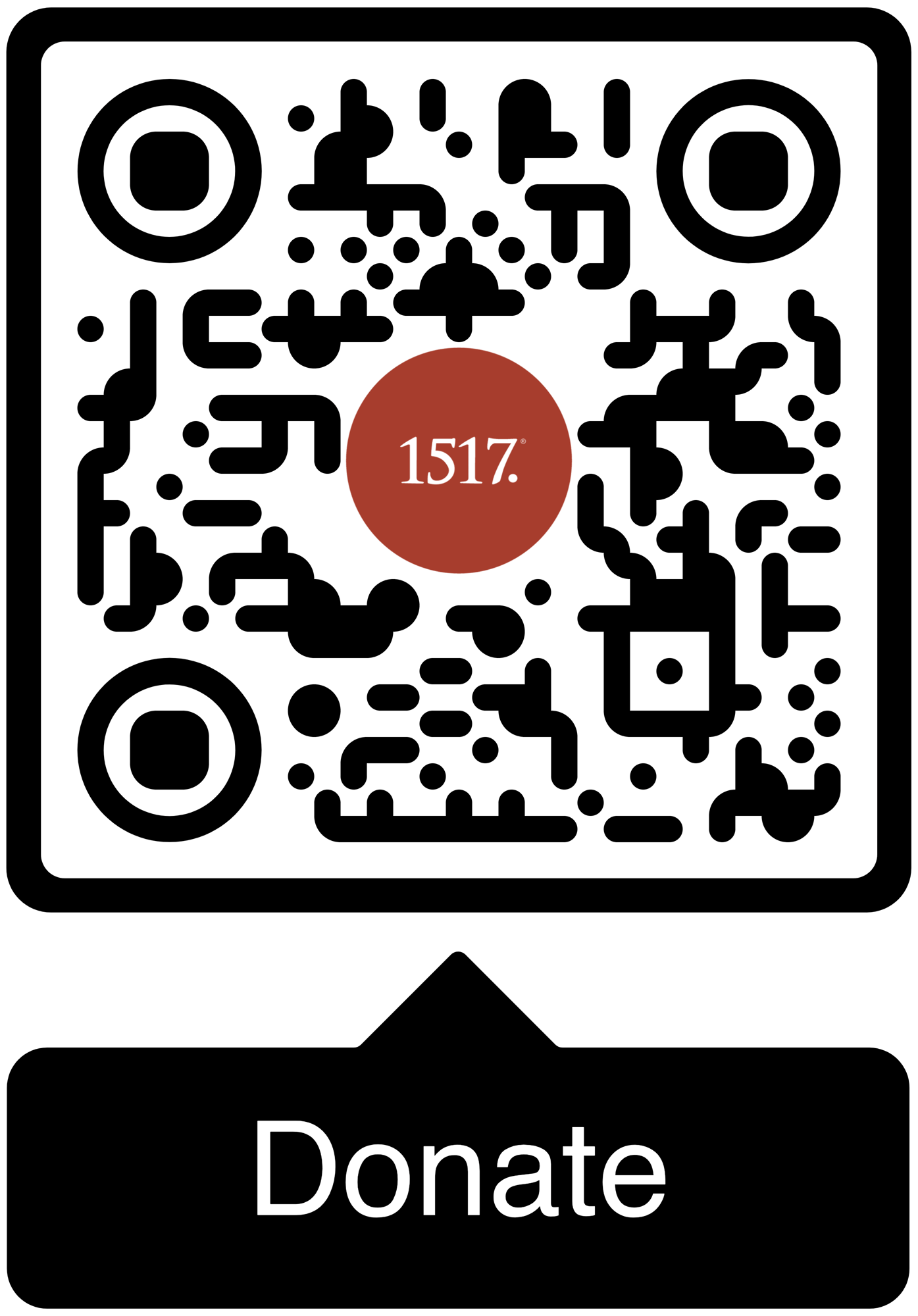Jesus does search out people who have been beaten up by sin and He does rescue them from certain death.
The challenge with preaching on a text like the Parable of the Good Samaritan is its familiarity. Most people know how the story goes. All fifty states have some version of a Good Samaritan law on the books. Christian adults have heard many sermons on it. Children have brought home many coloring sheets from Sunday School. Besides, it is not a very difficult story to understand. Jesus told this parable in answer to the lawyer’s question about who counts as his neighbor. There was no surprising twist. No unexpected turn. The neighbor is the guy who needed help. The lawyer got the message without even thinking. The application for our lives is likewise somewhat obvious, too. Jesus commands His people to love their neighbors as themselves. Which means we should go and do likewise. Pretty straightforward. Pretty simple.
Which may be part of the reason Augustine took a different approach to this parable. Augustine, like many church fathers, is known for making sense of many details in a text and connecting them creatively to the larger biblical narrative. He was more comfortable than many modern biblical interpreters with seeing spiritual or allegorical meaning in the Scriptures; especially in biblical stories (if you are interested in learning more about Augustine’s and the early church’s approach to biblical interpretation, I highly recommend David Maxwell’s recent article, “The Exegetical Elephant in the Room” in Concordia Journal 49.3. 2023: 15-37).
How did Augustine interpret this parable? Rather than seeing it as lesson about what we should be doing for others, Augustine read this parable as an allegory for the larger biblical narrative. He identified characters and elements of the parable with important parts of the Christian faith.
For example, the parable begins with a man going down from Jerusalem to Jericho. Augustine identifies the man with Adam, the first man. Jerusalem refers to the heavenly city of peace from which Adam fell when he sinned. The thieves in the story are the Devil and his angels. They stripped him not of clothing, but of his immortality. The priest and the Levite who passed by are the priesthood and the ministry of the Old Testament which are unable to bring about salvation. The Good Samaritan is Jesus. He bound up the man’s wounds, which means He restrained sin. The oil is the comfort of good hope, and the wine is the exhortation to work with a fervent spirit. The beast on which the Good Samaritan carried the man is Jesus’ incarnation. When the Samaritan came back the next day, that “next day” refers to Jesus’ resurrection. The inn is the Church, where travelers find rest during their pilgrimage. And the innkeeper is the Apostle Paul.
Read like this, Jesus is the one who is the good the neighbor. He loved His neighbor as Himself and came in between His neighbor and death. Which makes His message to the lawyer a rather straightforward exhortation to love others like Jesus loves others.
Jesus is the one who is the good the neighbor. He loved His neighbor as Himself and came in between His neighbor and death.
Some modern interpreters may find this to be a little too creative with too many connections (I did not even mention how Augustine identifies Jericho as the moon). Again, see the Maxwell article above for a reasoned and reasonable defense of Augustine’s approach. While I probably would not make all the connections Augustine made, a few of them are compelling to me and potentially helpful for my sermon.
First, imagining Jesus as the Good Samaritan is a wonderful way to proclaim the gracious work of Jesus from a text that has no explicit gospel. Since every sermon must proclaim the saving work and promise of Christ, this could be a way to describe what He has done. The promise, then, could be connected to the Samaritan’s promise to return and make things right. Jesus has departed and He will return shortly. This way of describing the Good Samaritan works because Jesus does search out people who have been beaten up by sin and He does rescue them from certain death. He did it for people in His day, and He continues to do it for us today and for all through the preaching of His Word. That the Samaritan is not from the same people group as the man in the ditch is also a helpful reminder how Jesus reaches out beyond all ethnic and national lines.
Second, I find the idea that the inn is like the Church compelling and worth exploring. The Good Samaritan tenderly delivers the wounded man to the inn and instructs the innkeeper to care for him while he is away. While the Church is never as fully loving and caring as it should be, putting individuals into a community of believers is among God’s great gifts, and one worth emphasizing, especially today in our individualistic context. Rather than leaving us to sort out our faith alone, God brings us into His Church and makes us part of one another.
Third, along these lines, rather than viewing Paul as the innkeeper, you might invite the hearers to imagine themselves as the innkeeper. Jesus asked which of the three showed the man mercy. If we expand His question to include a fourth, we might name the innkeeper. He also showed mercy to the man who had been robbed by taking him into his care and bearing responsibility for his continued recovery. In doing so, the innkeeper also took on risk. There was no guarantee the Samaritan would come back and make things right. In this way, you might encourage your hearers to be welcoming and caring toward those who need support, even if it costs them significantly.
--------
Additional Resources:
Craft of Preaching-Check out out 1517’s resources on Luke 10:25-37.
Concordia Theology-Various helps from Concordia Seminary in St. Louis, MO to assist you in preaching Luke 10:25-37.
Lectionary Kick-Start-Check out this fantastic podcast from Craft of Preaching authors Peter Nafzger and David Schmitt as they dig into the texts for this Sunday!
The Pastor’s Workshop-Check out all the great preaching resources from our friends at the Pastor’s Workshop!





